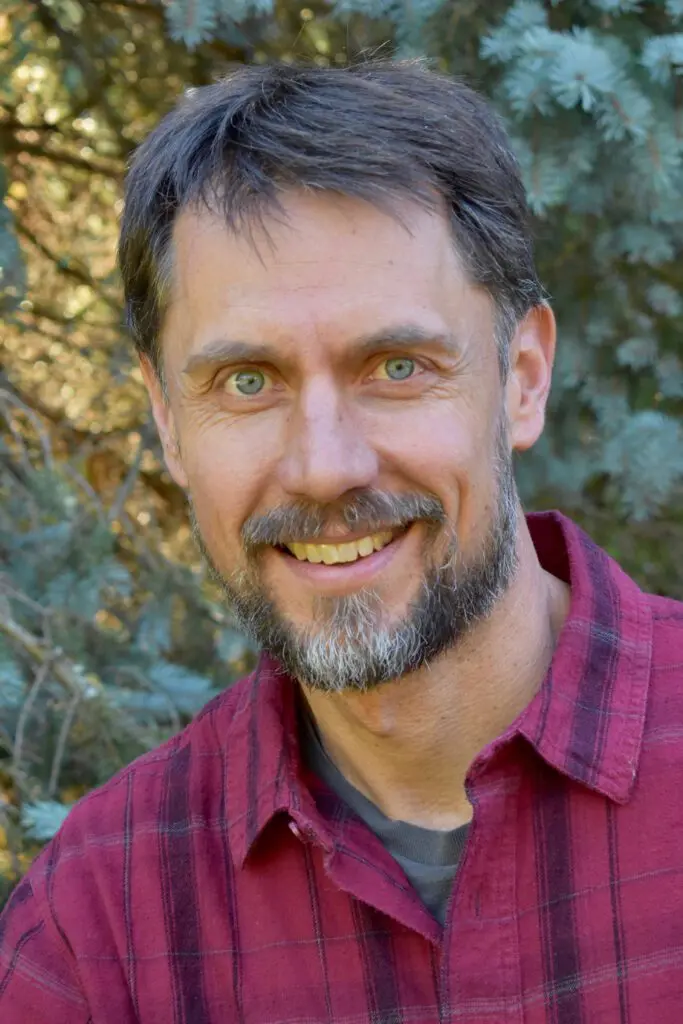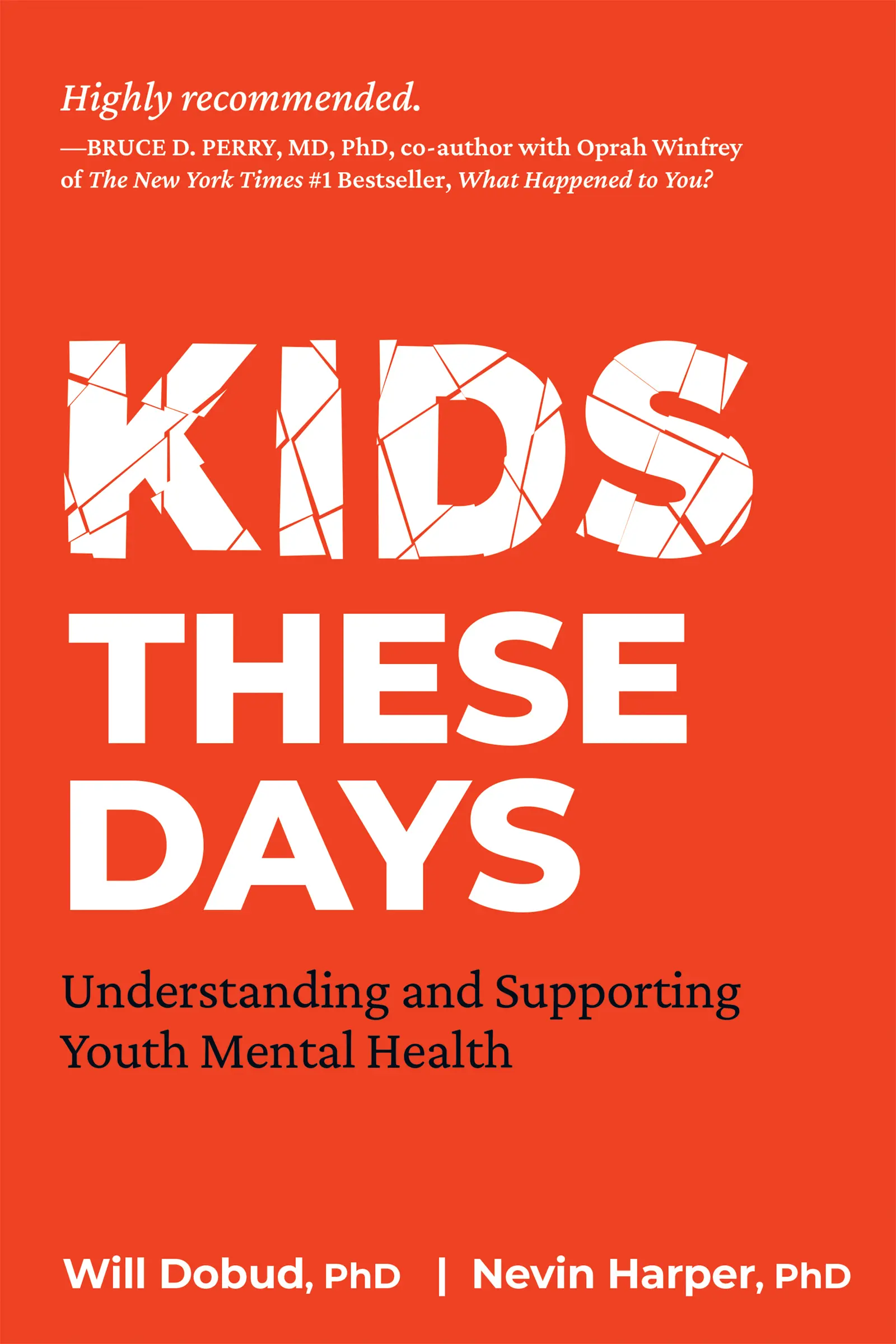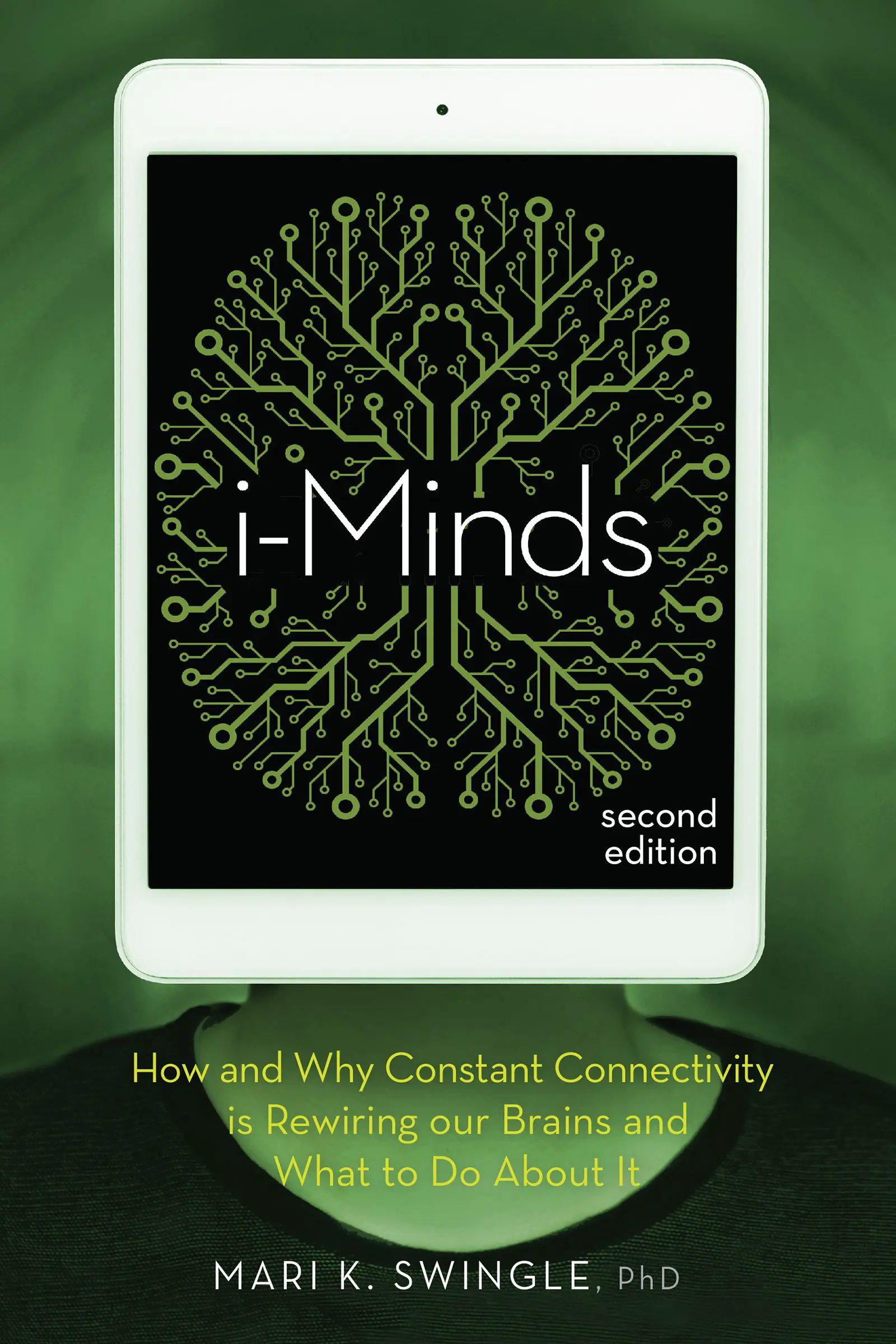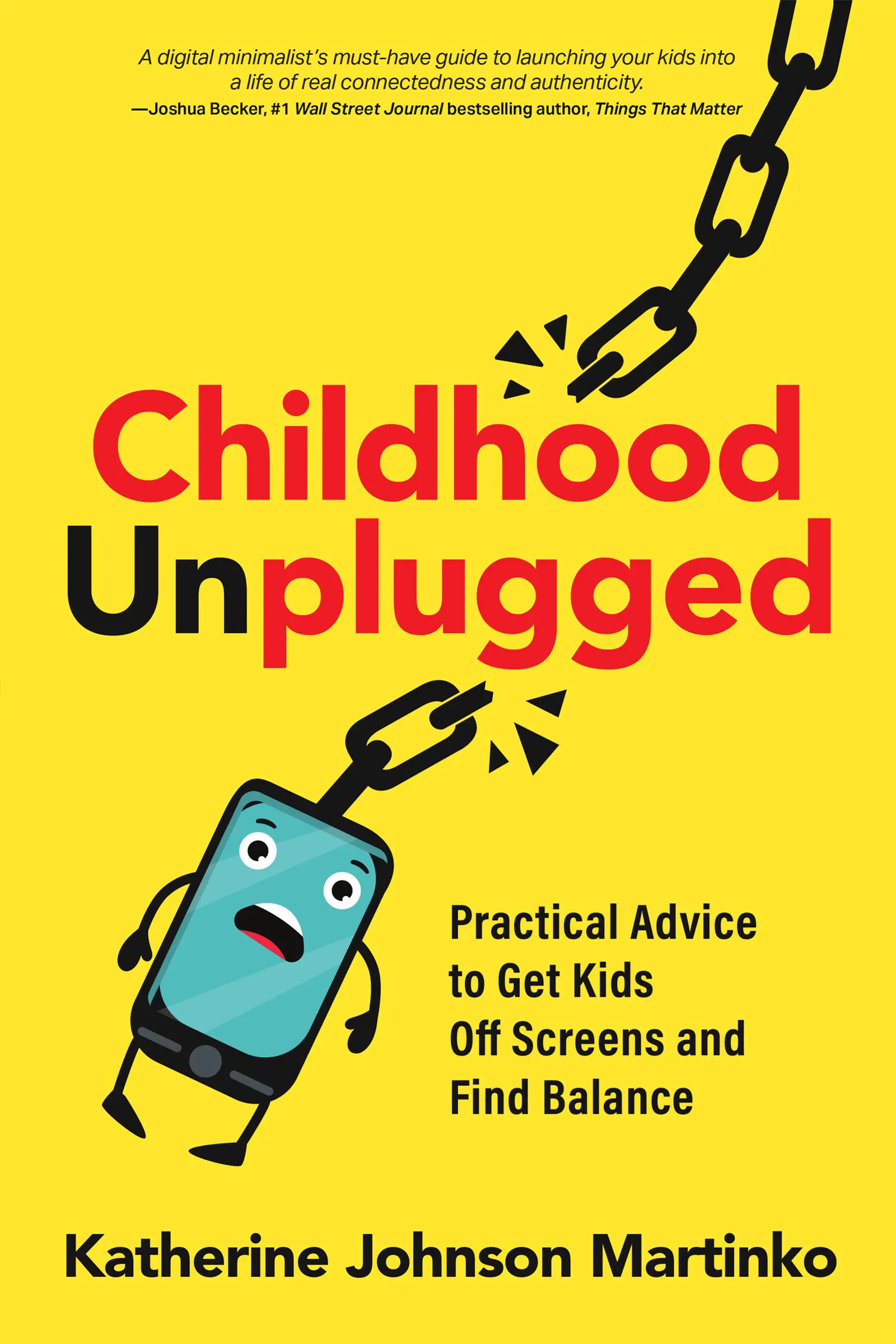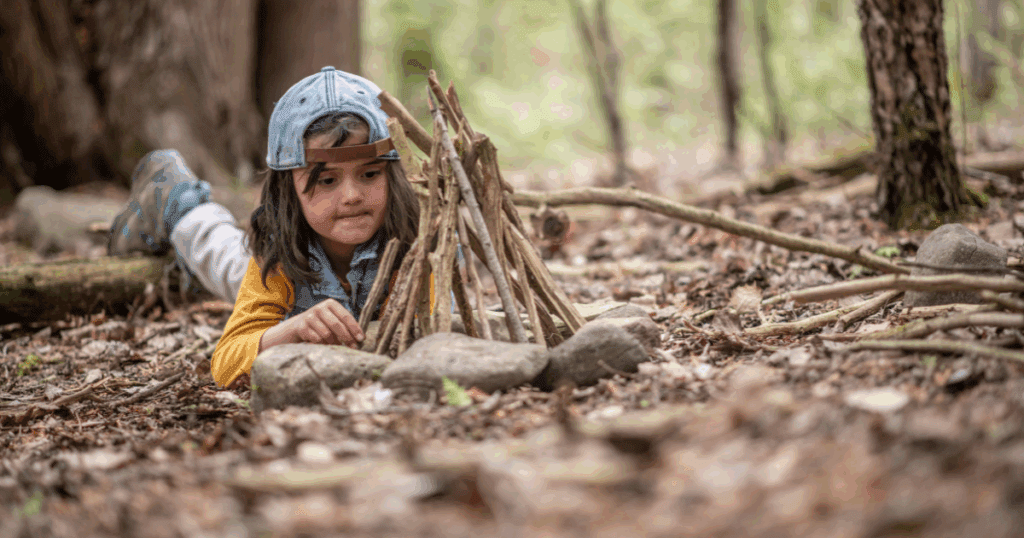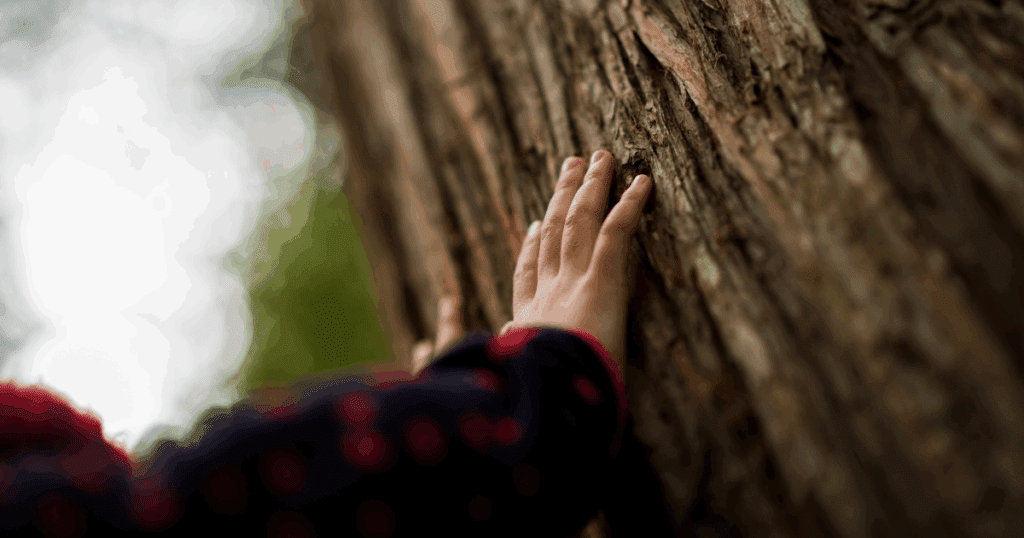
We all want the young people in our lives to grow up strong, confident, and ready to take on the world. In today’s distracted society, that can feel like an uphill battle. Long before smartphones and social media, educator Kurt Hahn was already worried about youth becoming passive spectators instead of active leaders. His solution was simple: hands-on learning, adventure, and real responsibility.
The excerpt below, from the newly released book Kids These Days: Understanding and Supporting Youth Mental Health, by Nevin Harper, PhD, and Will Dobud, PhD, shares Hahn’s timeless lessons on how to help youth thrive, and reminds us of the important role adults can play in guiding the next generation.
Excerpt from Chapter 1: The Kids These Days Effect
Youth: Crew or Passengers?
What we need is for the adults in the room to step up. Historically, some have. One of them is Kurt Hahn, the influential educator who informed much of our work in the outdoors.
During the rise of Hitler’s National Socialism (Nazism), Jewish progressive educator Kurt Hahn founded Salem, a rural German boarding school focused on the character development of youth. A strong-willed and outspoken man, Hahn was jailed and then exiled from Germany for his truth-telling and public contempt for Hitler’s ideologies—and for the future he envisioned if they were left unchallenged. Hahn described what he saw as another version of the “kids these days” effect—the declines of modern youth—and the connection between societal change and youth being taken in by dangerous ideas and false promises of a better future. It was Kurt Hahn’s educational principles (along with significant influence from others, such as Marina Ewald), that led to the founding of Outward Bound, the outdoor leadership programs for youth and adults.

These declines, Hahn suggested, would leave youth either listless or lawless, and vulnerable to negative influence. The recruitment of kids (ages 10–18) into the Nazi Party’s Hitler Youth organization dates back to 1922, and Hahn was astute in his observations and predictions in the decade before Hitler came to power.
Here are the elements Hahn identified as being responsible for the failing of kids in his day:
- The decline in fitness and physical health due to the modern methods of locomotion.
- The decline in initiative and the spirit of adventure, due to the widespread disease of spectatoritis.
- The decline of memory and imagination due to the confused restlessness of modern life.
- The decline in care and skill, due to the weakened tradition of craftsmanship.
- The decline in self-discipline, due to the ever-present availability of tranquilizers and stimulants.
- The decline of compassion, which William Temple (the Archbishop of Canterbury) called “spiritual death.”
Remember, this was youth pre-World War II. The methods of locomotion Hahn blamed for making kids lazy and out of shape were trains and cars with an average top speed of 45 miles per hour. He blamed the lack of youth engagement on the distractions of new media—radio, film, and eventually television. Media allowed kids to remain on the sidelines, spectating as the world flew by in front of them. Stimulants and tranquilizers made them lack self-discipline, and they didn’t work with their hands enough to gain important life skills and craftsmanship. Possibly the most damning thing on his list was how youth of his day held little compassion, demonstrated by diminished community life and the growth of individualism and egoism.

What Kurt Hahn described as the decline of modern youth parallels Socrates’s complaints about their bad manners. But Hahn set out to do something about it. He embodied the adult in the room we call for in this book. He was brave in the face of adversity, speaking out against strong sociopolitical forces, at risk of imprisonment or worse. Further, Hahn’s proposed solutions define much of our own professional work, which is dedicated to bringing outdoor education and psychotherapy together. Not fixing kids, but giving them what they need to develop.

Hahn’s proposed solution was school based on experience therapy (Erlebnistherapie in German), which had four main elements:
- Fitness Training: to compete with oneself in physical fitness; in so doing, train for discipline and determination of the mind through the body.
- Expeditions: to engage in long, challenging endurance tasks over land or sea.
- Projects: involving crafts and manual skills.
- Rescue Service: e.g., mountain rescue, marine lifesaving, firefighting, or first aid.
Hahn’s schools offered what he believed was a more complete education, something extending beyond learning mathematics, language, and science. Students read philosophy and worked in the gardens, studied classic literature and cared for farm animals, learned trade skills and how to sail well enough to negotiate open waters. Students ran rescue services and came to believe they were needed and contributed meaningfully to the community. One of Hahn’s adages was “Students are all crew, not passengers!”
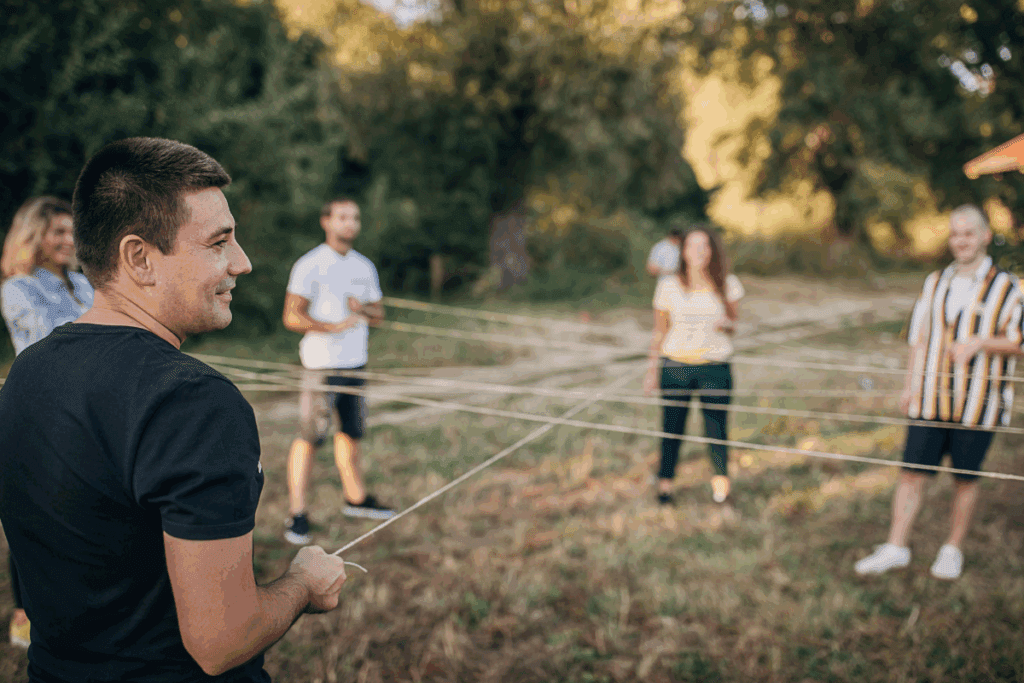
These principles have informed our own decades of work outdoors with young people. But we don’t see them as a panacea for rising rates of mental illness. We know not every young person will have access to these types of experiences, and many wouldn’t want to go on a long adventurous expedition. And, of course, we are not trying to publish a self-serving book about outdoor therapy, but we couldn’t resist sharing this story of this educator who, after making the same complaints about youth we’ve heard throughout history, actually attempted to do something about it! We remain focused, however, on how an understanding of youth development may lead to less adult interference and fewer interventions, ultimately leading to the development of more resilient youth. And more-recent research backs up this approach.
One study conducted in 1999 at Search Institute, a child and youth development research organization in Minneapolis, Minnesota, revealed a need to identify both risk and protective factors in kids’ lives. Years of data collection and the review of hundreds of studies informed the researchers’ construction of a framework they called developmental assets. The lists were categorized into internal assets, such as support, empowerment, boundaries and expectations, and constructive use of time, and external assets, such as positive values, commitment to learning, social competencies, and positive identity. Imagine a +/- scorecard showing where investments should be made in a child’s life to aid in growth and development, rather than a diagnosis of a problem within the individual. This approach just makes sense when thinking about how to help raise healthy and happy kids.
So why is it, that twenty-five years on from this seminal youth development research, society continues to intervene and “treat” youth, problematize adolescence, and limit creativity, risk-taking, and exploratory behaviors of teens?


